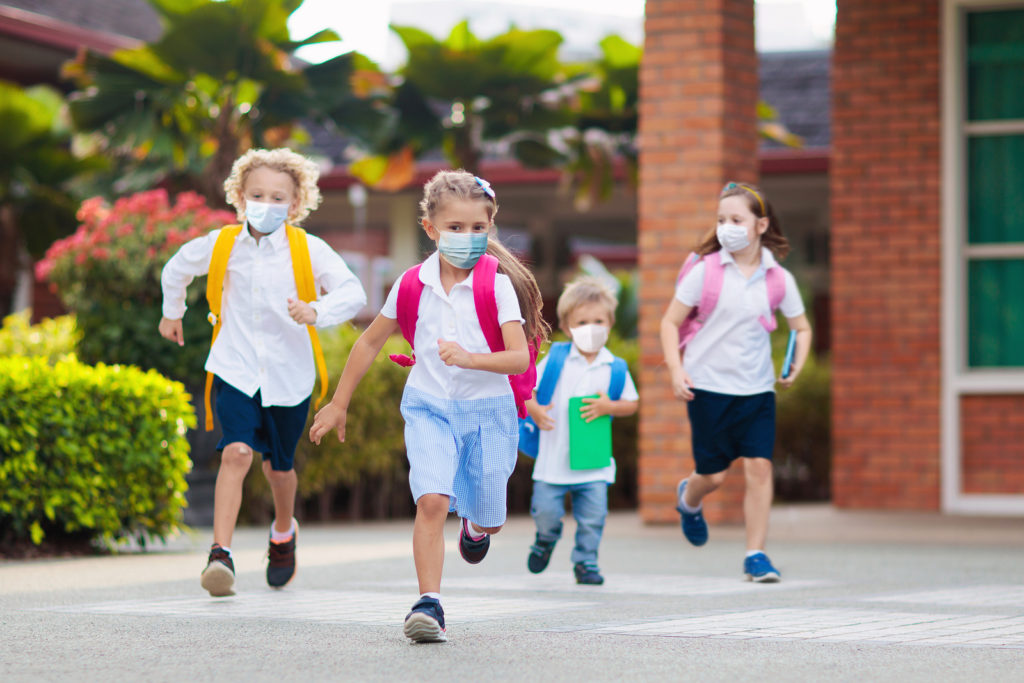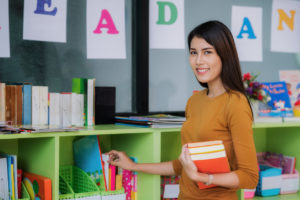The events of 2020 have been some of the most historically significant of all time. With the recent pandemic and lockdown, civil unrest that is rocking us to our core, and other violent and tragic events pushing many of us back into the safety of our own homes, we find ourselves wondering, “Is this the new norm?”
Changes since COVID-19
With the quick state and federal actions that were taken to shut down the virus as much as possible, millions of children across the world found themselves in distance learning. For some, it was business as usual, while other families and children fell off the educational map entirely, with individual and life circumstances being too much to handle.
What will the future hold?
With so many aspects of life uncertain, we find ourselves faced with the enormous challenge of providing quality education for our children. Our children are the future of our society, and equipping them with the knowledge, skills, and training that they need to be contributing members of our world is absolutely essential for our survival. School administrators, parents, and legislators are feverishly crafting plans for continuing best practice, knowing that their best-laid plans are subject to change at a moment’s notice. What will schools be like as fall approaches?
Charter schools: Will we see more traffic?
Many charter schools have experienced an upswing in interest, due to the fact that many public school districts were left woefully unprepared for transitioning to distance learning. Providing access to equitable resources, working out technology issues, and ensuring that each child had an adequate learning space seemed insurmountable, at times. As we take into account looming state and federal guidelines for social distancing and health and safety regulations, what will school look like in the fall?
Changes are coming
Many measures are now being put in place to ensure the health and safety of our children. Some of these changes include:
- Increased hygiene measures
School buildings are not ideal places to spend time during a worldwide pandemic. The possibility of cross-contamination is enough to make you running to wash your hands repeatedly. As we look to fall, there will likely be more stringent protocols for cleanliness in place, such as:
- Clearer expectations for hand washing
- Keeping a 6-foot rule between desks in the classroom
- The possibility of having to wear masks at certain times during the day
- Refraining from large group gatherings and performances, and limiting person-to-person contact
It may seem like a tall order, but these steps will be necessary to keep everyone healthy and safe at school, and as they return home.
- Economic hardship
With changes in family circumstances such as job loss, illness, having to work at home, and other financial challenges, we find ourselves in shaky financial waters. Many schools are having to make tough financial decisions based on declining enrollment numbers and lack of funding coming from state and local resources. We may find ourselves in a position of having to cut formerly fundamental resources such as physical education, art, music, and science. What this will do for our education system long-term, we do not know, but we must look for solutions that provide quality education to all students, regardless of our financial situation.
- Health screenings
It may not be uncommon to see individual health screenings as children are coming into the building each day. Assessing a student’s condition by doing such things as asking screening questions, taking a temperature, and monitoring for cough and respiratory symptoms will become the norm for students who are choosing to attend school.
Options for content delivery
With so many families being more cautious about sending their children back to a physical location, school districts, charter schools, and other educational institutions have had to quickly adapt their options to keep student enrollment up. School districts across the country and the world are talking about different ways to make content delivery efficient and safe for everyone. Some options include:
- Back to a physical location
If pandemic statistics continue to improve, there will be an option for students to return to school with a few more guidelines in place. This will change large group instruction, meal planning, and recess, but there will be more opportunities for socialization, cooperative learning, and getting back to normal. Keep your fingers crossed.
- Hybrid instruction
A mixture of distance learning through technology and in-person learning has many excited about the implications of a schedule. This would allow for more flexibility for students, staff, and parents alike, but it would take a bit of forethought and much planning to ensure that students stay on the curriculum straight and narrow. Teachers all over the world are asking for more training and access to technology resources so that they can keep up with the new demands of learning.
- Distance learning…..here to stay
With the threat of another worldwide pandemic on the horizon, many are looking to distance learning as the wave of the future. The haste with which distance learning structures were put into place is something that must be addressed before we can begin to put in strategies to overcome barriers to instruction that exist.
We have challenges ahead—we have choices to make that will significantly impact the future of our society. This is an incredible opportunity, though, to carve out new successes and re-create a more successful educational system that works for everyone.




